Castile soap has been around for thousands of years. It’s become a popular ingredient in homemade cleaners and DIY body care recipes.
It may be used to make everything from all-purpose surface spray to bathroom spray cleaner to body wash and face wash. Or, simply used on its own!
But what it is castile soap? And why on Earth one would choose to use it? What makes it so special and popular? In this guide, learn everything you need to know about this traditional soap, how to use it, 7 amazing benefits, the best brands, and warnings.
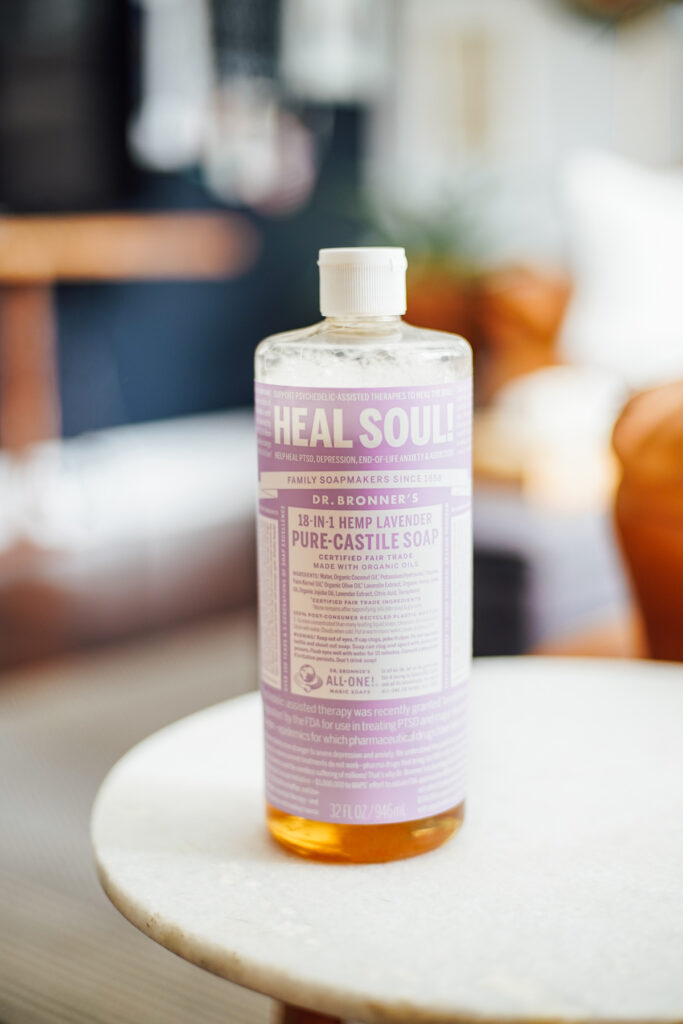
What is castile soap? Watch This Video
Castile soap is an ancient soap made from natural ingredients and comes from the Castile region of Spain, giving it its name.
The soap doesn’t contain any animal fats or synthetic ingredients (including synthetic preservatives and fragrances). It’s made in two forms: liquid soap and bar soap.
In the video, below, I share everything you need to know about castile soap. Then, check out 24 brilliant ways to use this soap!

The History
Castile soap has a rich history, starting in the 11th century. It was first made in the Aleppo of the Levant region (modern day Syria).
The Crusaders learned about this soap and tried to duplicate the soap in Europe without success. Until a region in Spain (called Castile) was able to get the recipe right and successfully made.
The soap took on the name of this region, where it was made with olive oil instead of traditional laurel oil (from bay leaves). Olive oil allowed soap makers to create a mild and effective soap.
The soap became popular with Spanish royalty and eventually spread to other royal families.
By the 1500’s castile soap made its way to England and then across the world. Today, you won’t find a more natural and versatile soap product.
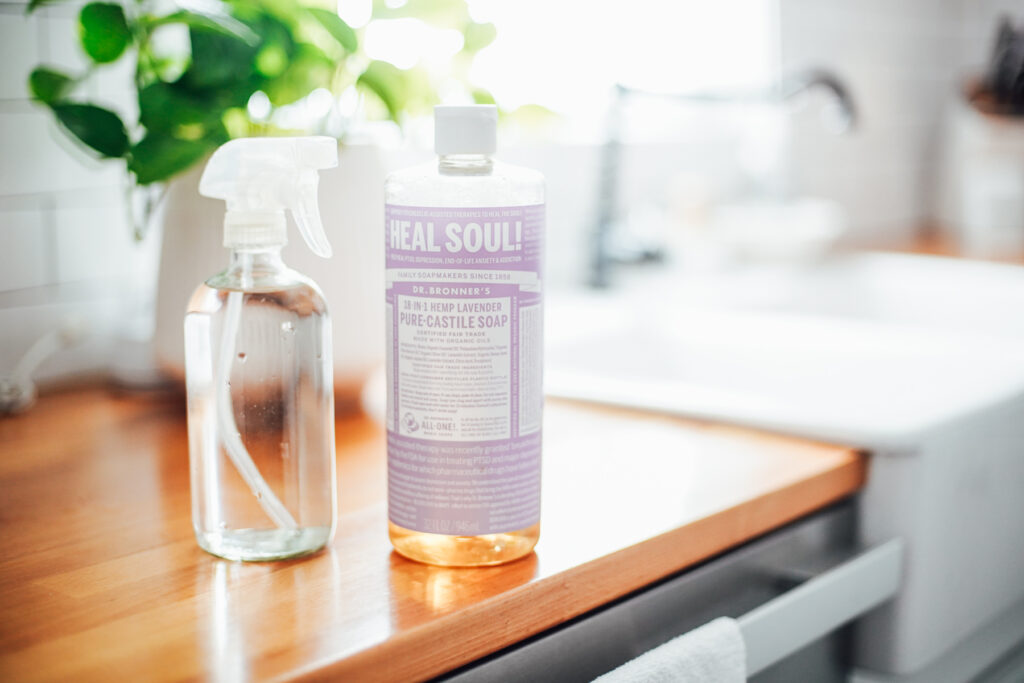
What is it made of?
Today, it’s made of various vegetable oils. Originally, when the soap was made in Castile, it was made with just one oil (olive oil) due to the abundance of olives in the region.
Brands like Dr. Bronner’s combine different oils to make their soap, such as: coconut, olive, and hemp. This alkaline soap may also contain avocado, almond, jojoba, or walnut oils. The oils give the soap lather along with moisturizing and cleansing properties.
Because of the many oils that may be used, the label should always be read carefully in case of allergies. The one thing you won’t find is animal products, so castile soap is safe for vegans.
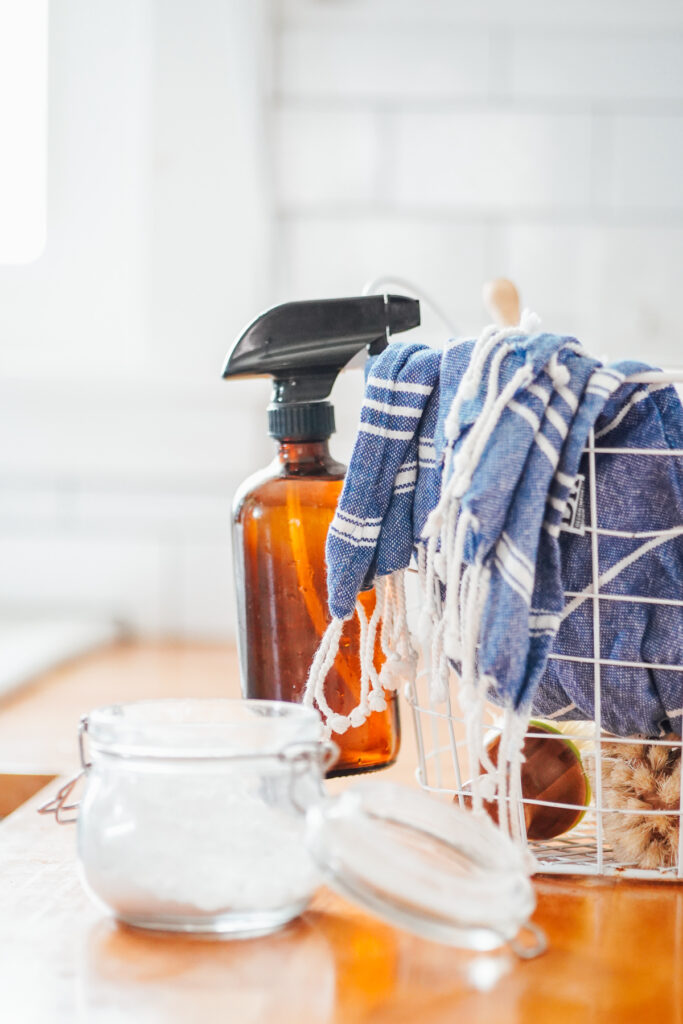
Is it eco-friendly?
Castile soap, being oils that have been saponified (a fancy word for turning oil into soap) with potassium hydroxide, is 100% biodegradable. This means you don’t have to worry about the soap going down the drain or using it near kids and pets.
The Baby Unscented version of Dr. Bronner’s castile soap is given a 1 rating by the EWG’s Skin Deep database. This means there aren’t any ingredients that should cause harm in use.
Do be aware that the EWG rates various scented options as higher in their toxicity scale, and if you check those out it is generally due to the essential oils or natural fragrances. Especially when using castile soap as the base for other DIY recipes, I stick to unscented.
Dr. Bronner’s, the most popular soap maker, sets the bar high for their sourcing and production. The ingredients used are organically sourced and fair-trade and farms use regenerative practices. Other companies also have a commitment to high standards, using essential oils for scents and organic sourcing.
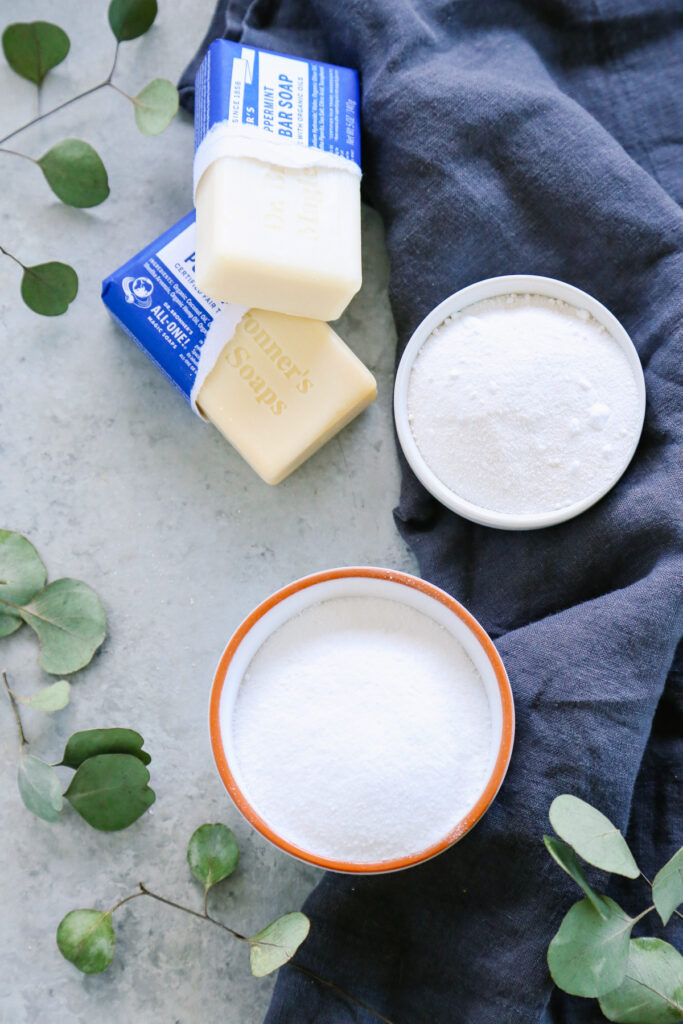
Bar Soap vs. Liquid Soap
You’ll find two forms of this traditional soap sold in stores: bar and liquid. Both are fantastic options, made with non-toxic and plant-based ingredients, but each one has different uses.
- Bar Castile Soap: The bar is perfect to use as body soap or hand soap. This is what I use daily in the shower for body wash. You can also grate the bar to make powder laundry soap.
- Liquid Castile Soap: The liquid soap is the most versatile. Add a few drops to your hand, mix with water, and use on your face or body. Or make a variety of household cleaners or body care products.

7 Amazing Benefits
Castile soap has surged in popularity recently as families want to go natural and ditch toxins at home. Here are the amazing benefits you’ll find when using castile soap at home.
1. Versatility
Castile soap is super versatile. You can make just about any and every household product using castile soap. It’s the ultimate multi-purpose product.
2. Affordability
A 32-ounce bottle of castile soap costs between $14-$17. Yes, this is more expensive than a bottle of all-purpose cleaner, but it will last you for months and you can make multiple products with one bottle! Castile soap is highly concentrated so a little bit goes a long way. Check out 7 money-saving ways to use castile soap.
3. Non-Toxic
Castile soap is made with easy to recognize, simple, non-toxic ingredients. This is why you can use it on your skin and the surfaces in your home. It’s 100% biodegradable so you don’t have to worry about it going down the drain.
4. Make Natural Body Products
Make different body care products with the liquid soap: body wash, face wash, shaving cream, shower gel, hand soap, makeup remover wipes, face cleansing wipes, and makeup brush cleaner.
5. Make Natural Cleaning Products
Make natural cleaning products with the liquid soap: dusting spray, laundry soap, all-purpose spray without vinegar, tub and sink scrub, floor cleaner, stain remover, and toilet bowl cleaner. Or use the bar soap to make laundry powder.
6. Easily Picks Up Dirt
The beauty of using soap for cleaning is that it easily picks up dirt and other molecules that water alone may not pick up. This is what makes castile soap such a fantastic household cleaning product and why it’s added to many homemade cleaners.
7. Naturally Remove Bacteria From Surfaces
The soap doesn’t kill bacteria; rather, it lifts and removes bacteria from surfaces. Antibacterial products, on the other hand, are designed to kill bacteria (not lift and remove the bacteria from the surface, as soap does).
Where to Buy
Today, it’s easy to find the soap in the United States. It’s sold in most grocery stores, Target, Walmart, and Amazon. It’s usually sold in both liquid and bar form in the body section or green beauty section of a store.

Best Brands
There are several brands on the market today. Here the best of the best.
What makes the brands on this list the best? Each brand makes a concentrate soap (so you can dilute it to make products) and uses the best sourcing and production practices.
Dr. Bronner’s: The most popular and easiest to find in stores. This is the brand I personally have the most experience with and recommend. Sold in both bar and liquid form with multiple scent options. Made with fair-trade, organic ingredients and uses a recyclable bottle. $4 for an 8-ounce bar, $16 for 32-ounce bottle.
Quinn’s: Some people claim this brand leaves behind less residue than Dr. Bronner’s (we’ll talk more about this in the warning section). Sold in liquid form, in either unscented or peppermint. $14 for a 32-ounce bottle.
Grove: Made with 100% organic ingredients and essential oils. Sold in liquid form and different scents: mint, lavender, and citrus. $10 for a 16-ounce bottle.
Cove: A very pure version of castile soap, made with: purified water, saponified organic coconut and olive oils, organic argan oil, organic jojoba oil, organic hemp oil, organic vegetable glycerin. Comes in a variety of scents. $18.99 for a 33.8 ounce bottle.

What’s castile soap used for?
Here are 18 ways to use this traditional soap around the house. Recently, I shared 24 Castile Soap Uses for the Home and Body. Learn about all the ways to use this soap here.
- Dusting spray
- Liquid Laundry Soap
- Powder Laundry Soap
- All-Purpose Spray Without Vinegar
- Tub and Sink Scrub
- Floor Cleaner
- Stain Remover
- Toilet Bowl Cleaner
- Body Wash
- Face Wash
- Shaving Cream
- Shower Gel
- Hand Soap
- Foaming Hand Soap
- Makeup Remover Wipes
- Face Cleansing Wipes
- Makeup Brush Cleaner
- Dog Shampoo
- Produce Rinse: Add a few squirts to a gallon of water, soak produce, then rinse veggies and fruit and dry.
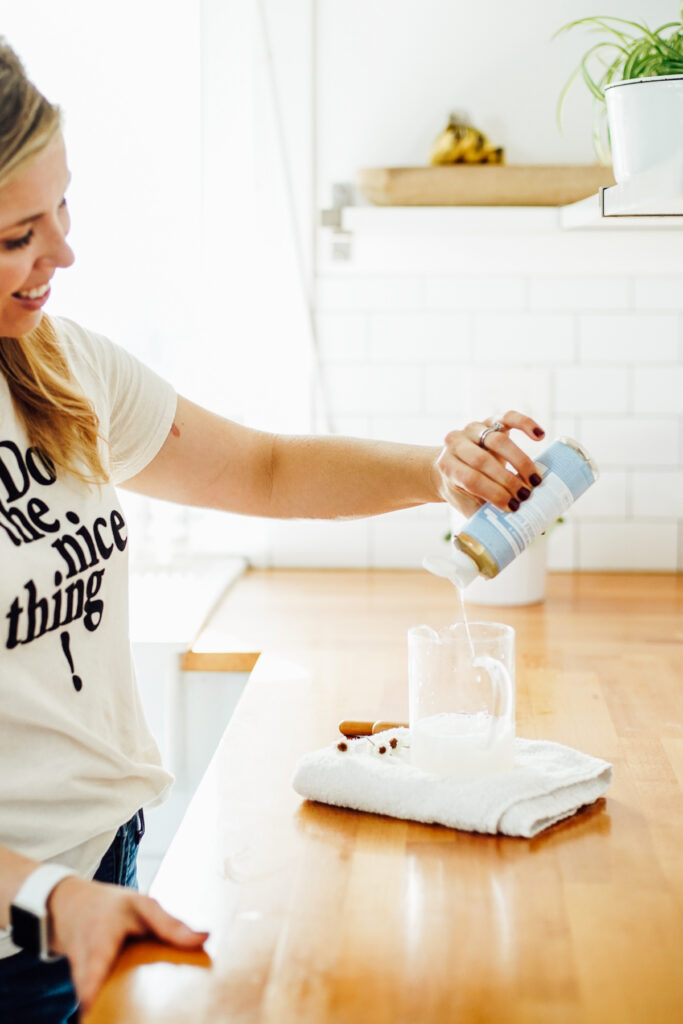
How to Dilute
Liquid castile soap is highly concentrated and should always be diluted for use. A little bit goes a long way. I use this dilution chart from Dr. Bronner’s as a guide for diluting and making different household products.
For body use, Dr. Bronner’s recommends mixing a few drops of castile soap with wet hands for the face or a wet washcloth for the body. You can do the same to make a shampoo for humans or dogs.
When you’re using this soap around the house in DIY cleaning recipes, you will be diluting the soap with water in your “recipe” so it is ready to be used.
For example, you might use ¼ cup in a full load in your HE washing machine (for a full load of laundry) or 2 tablespoons of castile soap in a bucket of warm water for mopping.
Warning: Mistakes to Avoid
Castile soap is an amazing product, but there are a few things to know before use, mainly when using this product for cleaning.
1. Never Mix Castile Soap and Vinegar
There are ton of recipes online that tell people to combine vinegar and castile soap for cleaning. This goes against basic chemistry.
When combined, vinegar or lemon juice (an acid) and castile soap (a base) cancel each other and create unsaponified soap.
This reaction reduces the soap back to its original oils. If you try mixing the two ingredients you’ll immediately notice the soap curdles and feels very oily. Learn about natural cleaning ingredients to avoid mixing.
2. Avoid White Residue on Surfaces
Some folks find that castile soap leaves behind a cloudy film on surfaces, like a white residue.
This can be caused by the soap interacting with hard water and the surface may simply need to be wiped down a few times with a damp wash cloth. You may also need to go back over the surface with an acid like a vinegar spray.
3. Skip it for Greasy Jobs, Like Dishes
Castile soap is great at picking up dirt and removing bacteria from surfaces; however, it’s not great at tackling tough jobs, like grease and dirty dishes.
For super tough jobs, I recommend Sal Suds, which is a Dr. Bronner’s exclusive product. It’s a detergent; not a soap. It can be combined with vinegar to make a degreaser spray and is perfect for tough, greasy jobs and making dish soap.
Sal Suds doesn’t leave behind any white residue on surfaces, even if you have hard water. It is a cleaning product; not a body care product. If you’re concerned about SLS in Sal Suds, please read this post.

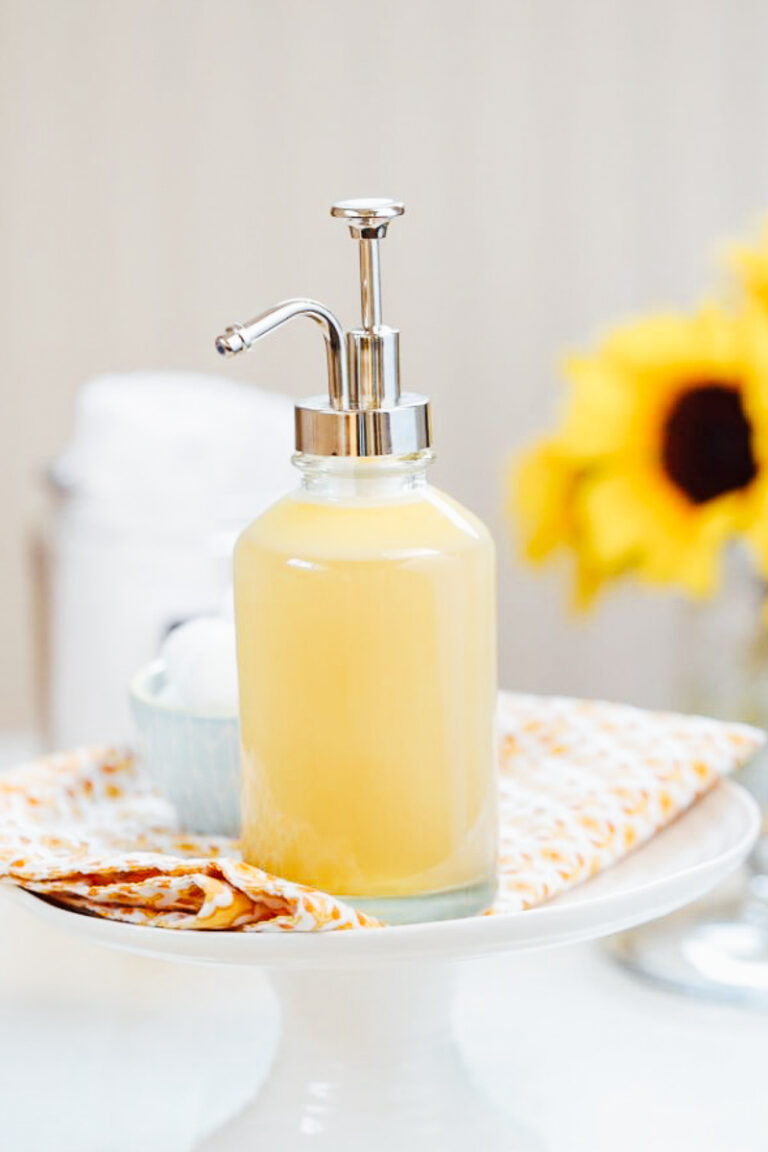
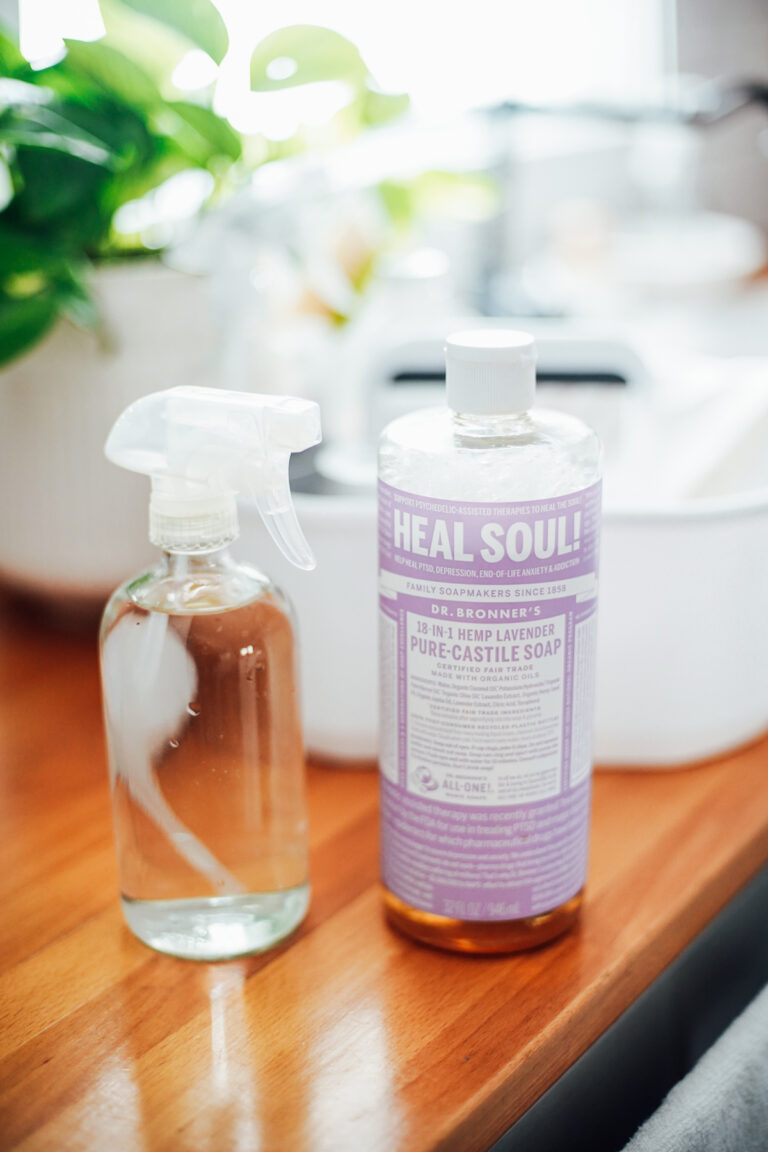
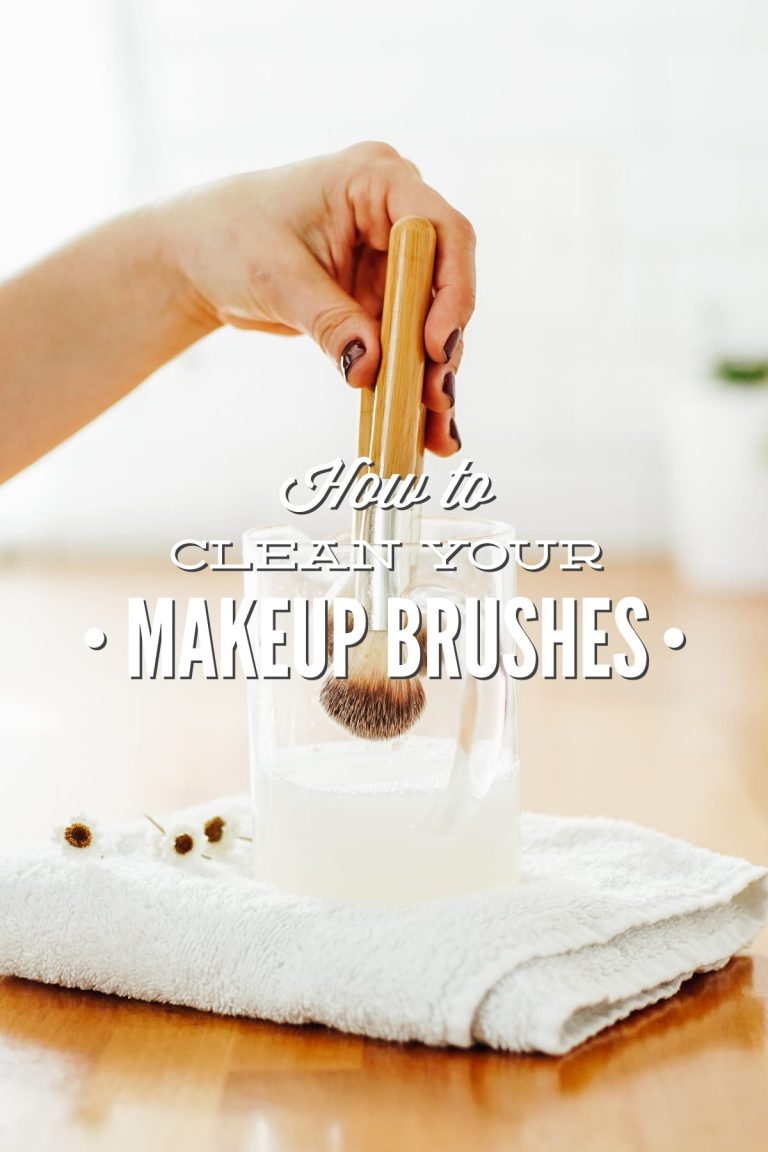
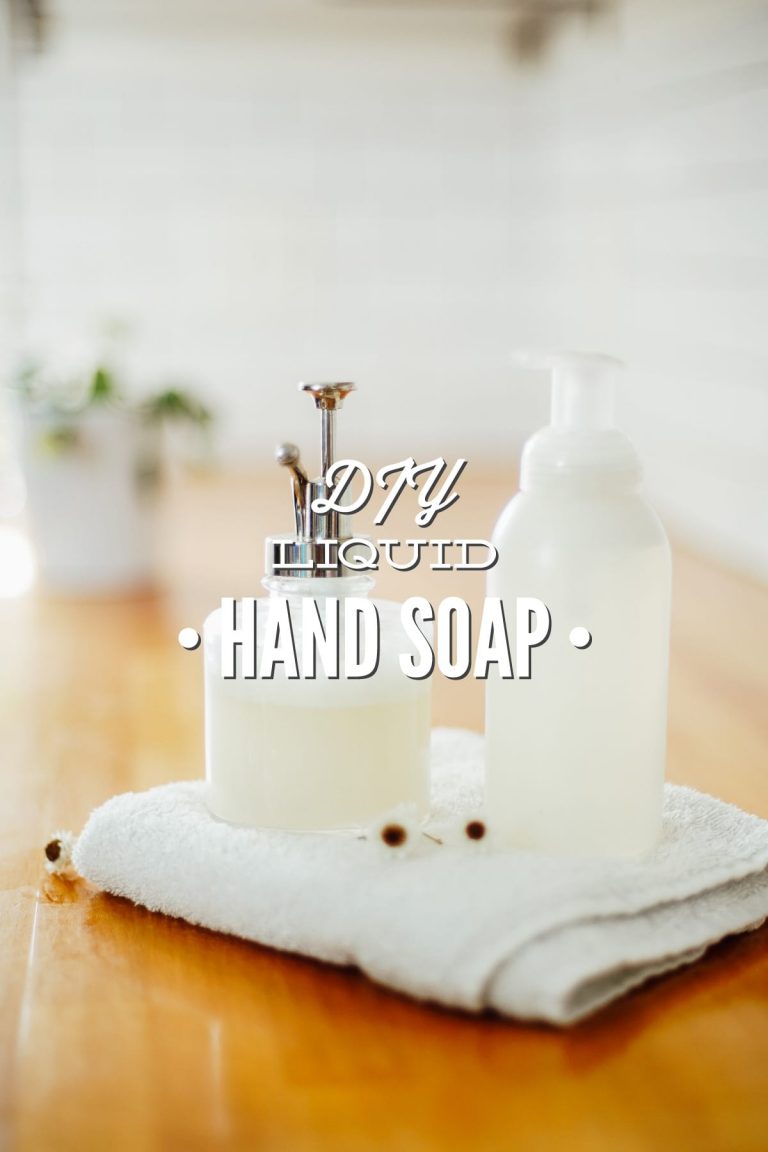
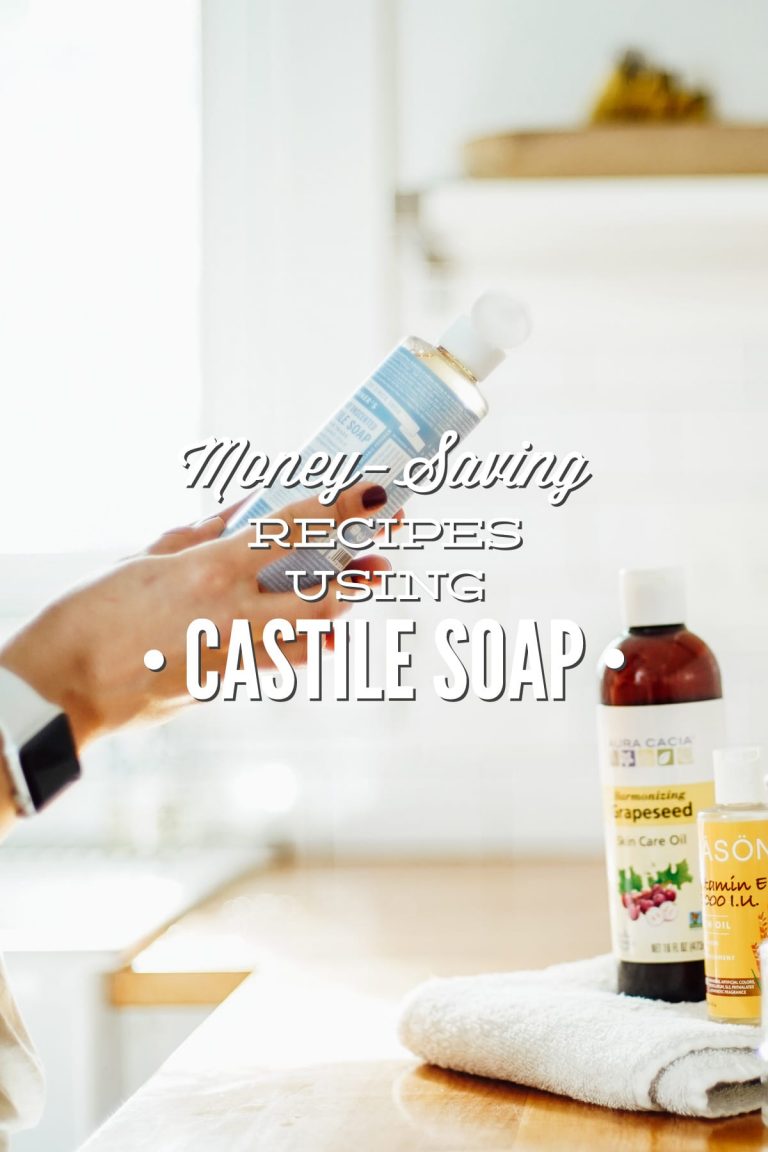
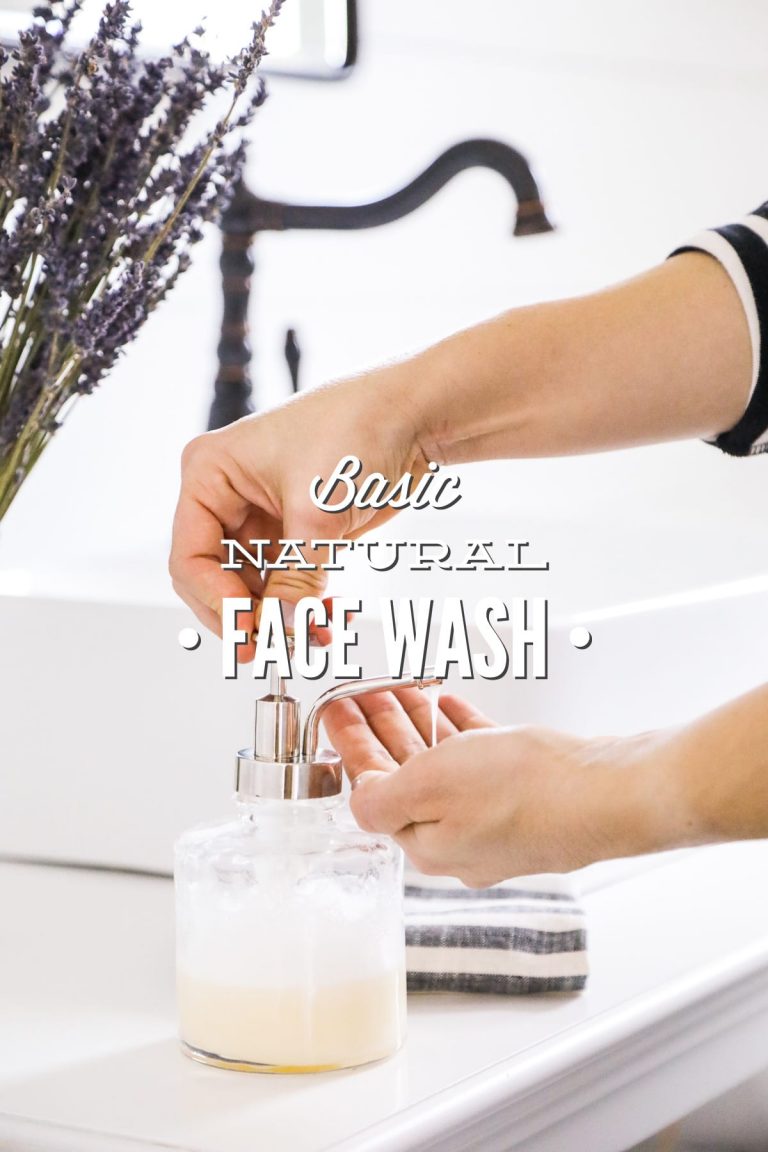
I am always a fan of Cove organic vegan castile soap and I really love this article. I used it in cleaning surfaces, dishes and laundry. Furthermore, I also used it in my skin and hair. However, I also mind the amount that I used since using too much is not also healthy.